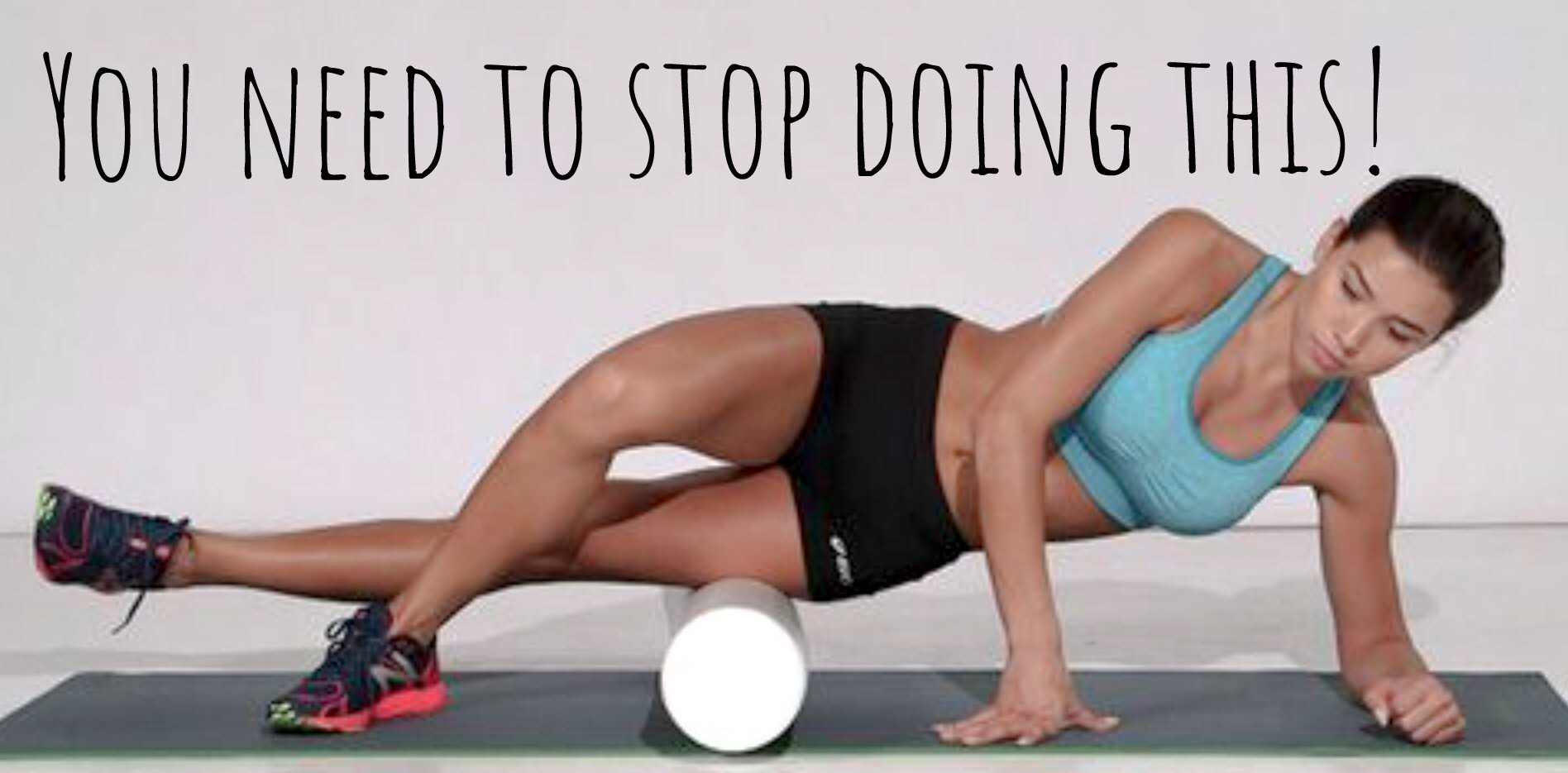Knee pain in runners can change a season in a heartbeat. So many times we have seen a runner lose time, have increasing knee and thigh pain, have difficulty finishing a race, because of increasing knee and even hip pain. In high school this can affect scholarships and really mess with a runner’s mind. Getting treatment sometimes helps but can be temporary or fail to work. Check out Max’s story…
What to look for
The biggest sign or symptom to look for is lateral thigh tension or a tight IT Band (ITB)
Do you have thigh tension or IT Band tension?
IT Band or iliotibial band tightness has an underlying cause. It is this tension that pulls on the knee sideways causing a patellar or knee cap tracking problem. It is not uncommon to have fluid on the knee because of this. A big concern related to ITB tension is a chronic pull on the knee cap. Over time, with chronic swelling and inflammation, the cartilage of the knee can be damaged. This lateral facet wearing is not painful as hyaline cartilage does not have a nerve supply. By the time we get pain there may be damage to the joint!
Where does ITB tension come from?
Most Runner’s Knee problems are related to a sacroiliac joint dysfunction or injury, or SJD. SJD is associated with outside thigh or ITB tension. If you have ITB tension you have SJD!
Sacroiliac Joint Dysfunction (SJD) is the Underlying Cause!
It is the limitation of this joint that changes the muscle firing patterns of the hip. Muscles of the hip like the psoas and gluteal or hip stabilizing muscles develop muscle trigger points or knots. This causes weakness. This weakness creates a compensation of other muscle groups. Other muscles try to take the load. The tensor fascia lata that attaches to the ITB jumps in and tries to take over. This is the reason why we get ITB tension and lateral or outside thigh pain and tension.
SJD causes the muscles to misfire or work inefficiently. A muscle imbalance of the hip causes ITB tension!
A muscle imbalance of the hip causes ITB tension!
This can cause swelling in the knee. See where this is going? Chronic swelling of the knee erodes the cartilage over time and can injury the ligaments and tendons of the knee.
SJD = ITB tension = Runner’s Knee
Here’s the progression that occurs…
- Sacroiliac joint stiffness or injury
- Hip muscle weakness and trigger points
- IT Band Tension
- Swelling on the knee
- Knee and or hip pain
- Calf tension
- Achilles tendon injuries are possible at this point
How do you know you have swelling in your knee?
Diagnostic ultrasound is the best way to quickly image the knee to determine if there is swelling. This test is painless, fast, and part of the evaluation of any runner’s knee problem at Cornerstone Physical Therapy. Here is a video on what this looks like.
Call 719-596-5000 to schedule an appointment to have your Runner’s Knee evaluated.
STOP
Things you should stop immediately
ITB rolling can create continued injury to the ITB. It will not restore ITB mobility and does nothing to treat the underlying cause. So why keep doing this?
START
Things you should try right now
Dry needling to the vastus lateralis or lateral quadriceps and ITB is one of the first areas to treat to reduce tension. Watch this video on dry needling the thigh to improve thigh tension or ITB tension.
What you should do to successfully treat Runner’s Knee
- Treat the joint or SJD through manual medicine techniques
- Improve muscle strength and tension through dry needling
- Work on a clinic and home program to improve efficiency of your running technique and muscle firing
- Have the core assessed with diagnostic ultrasound
The reason why most treatment plans don’t work
Only part of the problem is being addressed.
- If you manipulate the joint but fail to address the muscles then the problem can return.
- If you dry needle, reducing the muscle pain, but fail to address the underlying cause, the SJD, the pain will return.
- If your core does not engage with running then re-injury is possible.
PREVENTION
The final part of treatment should look at preventing re-injury. This is done by restoring the core during active running. Using diagnostic ultrasound to see the core training is not only accurate but incredibly fast. This is done near the end of treatment.
How you know your problem has only been partially treated?
Your pain returns. Treatment is helpful but temporary.
Treat every part of the problem!
- Treat the joint injury
- Restore muscle mobility and strength
- Return to normal and efficient running
- Prevent further injury by testing and improving your core




